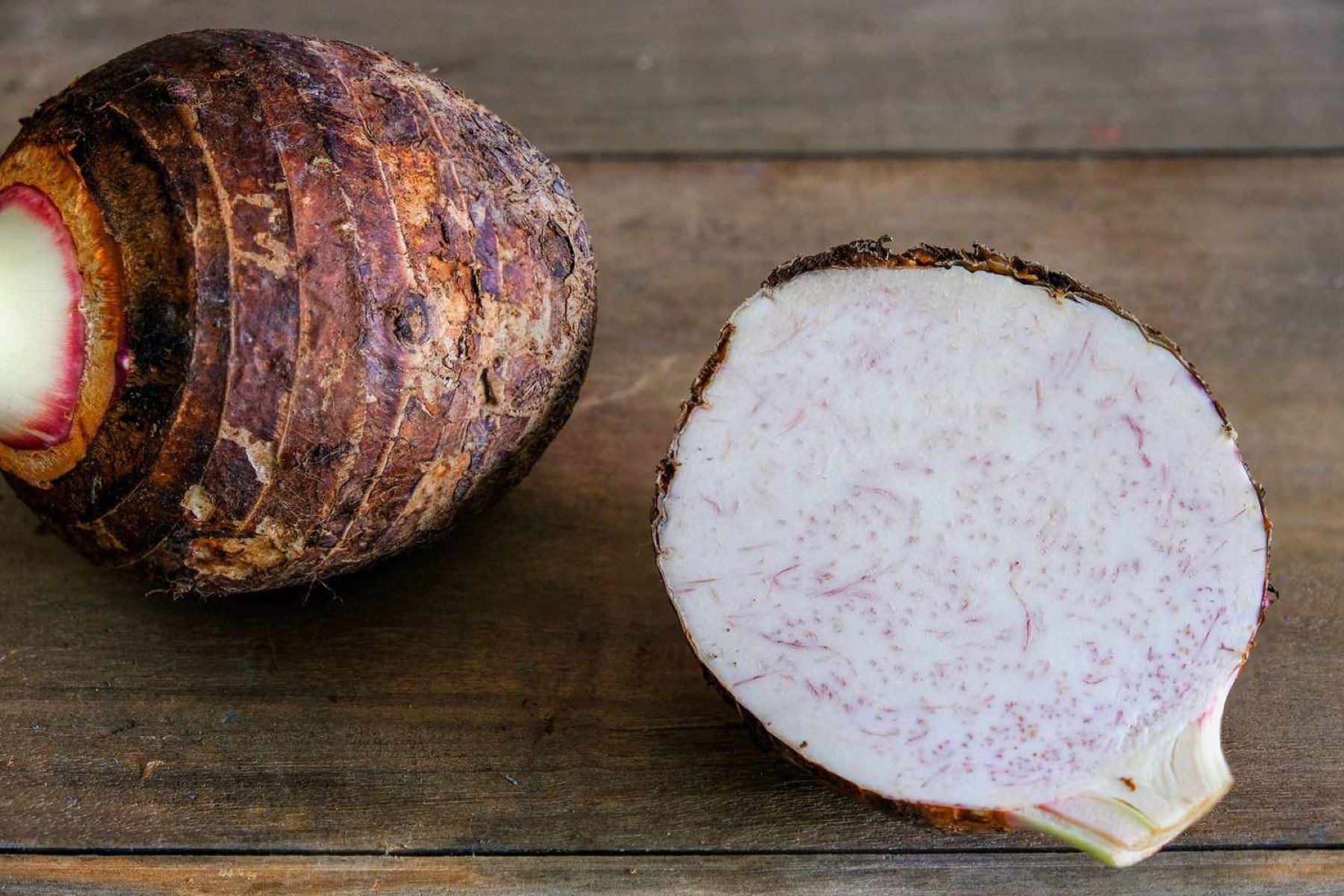

Articles
How To Store Taro Root
Modified: October 20, 2024
Learn how to properly store taro root in this informative article. Find useful tips and tricks to keep your taro root fresh for longer periods.
(Many of the links in this article redirect to a specific reviewed product. Your purchase of these products through affiliate links helps to generate commission for Storables.com, at no extra cost. Learn more)
Introduction
Welcome to our comprehensive guide on how to store taro root! Taro root, also known as colocasia esculenta, is a starchy tuber that is commonly used in many cuisines around the world. It is a versatile ingredient, often used in soups, stews, curries, and even desserts.
Whether you grow your own taro root or purchase it from a local grocery store or market, it is important to know how to properly store it to ensure its freshness and flavor are preserved. In this article, we will explore the benefits of taro root, how to select fresh taro root, and various methods for storing it.
Let’s dive in and discover the best practices for storing taro root, so you can enjoy its delicious taste and nutritional benefits for longer periods of time!
Key Takeaways:
- Taro root offers a plethora of health benefits, including improved digestion, heart health, and immunity support. By selecting, preparing, and storing it properly, you can enjoy its nutritional value and delicious taste for an extended period.
- Whether you opt for refrigeration, freezing, or vacuum sealing, there are various effective methods for storing taro root. With the right approach, you can preserve its freshness and quality, ensuring it remains a versatile ingredient in your culinary repertoire.
Read more: How To Store Taro Leaves
Benefits of Taro Root
Taro root is not only delicious, but it also offers a range of health benefits. Here are some of the key reasons why incorporating taro root into your diet can be beneficial:
- Nutritional Powerhouse: Taro root is rich in essential nutrients such as fiber, potassium, vitamin C, and vitamin E. It also contains important minerals like magnesium and calcium, which contribute to overall health and well-being.
- Improved Digestion: The high fiber content in taro root can aid in maintaining a healthy digestive system. It promotes regular bowel movements, prevents constipation, and contributes to a healthy gut microbiome.
- Heart Health: Taro root is low in fat and cholesterol, making it an excellent choice for maintaining heart health. The potassium content in taro root helps regulate blood pressure levels, reducing the risk of hypertension and cardiovascular diseases.
- Boosts Immunity: Taro root is packed with antioxidants, such as beta-carotene, which helps strengthen the immune system to fight against infections and diseases. Consuming taro root can contribute to overall immune system support.
- Energy Boost: Taro root is a great source of complex carbohydrates, which provide sustained energy throughout the day. It is an ideal choice for athletes, active individuals, or anyone looking for an energy-packed food source.
- Weight Management: Due to its high fiber content and low-calorie nature, taro root can aid in weight management. The fiber keeps you feeling fuller for longer, reducing cravings and helping to control calorie intake.
- Healthy Skin: The vitamins and antioxidants in taro root can promote healthy skin. They help combat signs of aging, keep the skin moisturized, and contribute to a youthful and radiant complexion.
Now that you’re aware of the numerous benefits of taro root, let’s move on to understanding how to select the freshest taro root for optimal storage.
Selecting Fresh Taro Root
When it comes to storing taro root, selecting the freshest root is crucial. Here are some tips to help you choose the best taro root:
- Look for Firm Texture: Opt for taro roots that are firm and solid to the touch. Avoid roots that have soft spots or are mushy, as they may indicate spoilage or rotting.
- Check for Mold or Decay: Inspect the surface of the taro root for any signs of mold or decay. Avoid selecting roots with visible black spots or patches, as this can indicate fungal growth.
- Avoid Sprouting Roots: Taro roots should not have any sprouting shoots or roots. Sprouting roots can be an indication that the taro root is past its prime and may not store well.
- Choose Size Wisely: Select taro roots that are of medium to large size. Smaller roots can be more difficult to peel and may not yield as much usable flesh.
- Check for Fresh Leaves: If the taro root comes with leaves attached, make sure they are vibrant in color and free from wilting or yellowing. Fresh leaves are a good indication of the overall freshness of the root.
Keep these tips in mind when shopping for taro root. By selecting the freshest taro root, you’ll have a better chance of storing it successfully and enjoying its flavors and benefits over an extended period of time.
Now that you’ve chosen the perfect taro root, let’s move on to the next step: preparing it for storage.
Preparing Taro Root for Storage
Before storing taro root, it’s essential to prepare it properly to ensure its longevity and quality. Here are the steps to follow when preparing taro root for storage:
- Wash the Taro Root: Start by rinsing the taro root under cold running water to remove any dirt or debris. Gently scrub the surface of the root with a soft brush to ensure it is clean.
- Peel the Taro Root: Using a vegetable peeler or a sharp knife, carefully peel the skin of the taro root. Make sure to remove all the rough outer skin, as it can be tough and unpleasant to eat.
- Cut into Pieces (Optional): If you prefer, you can cut the taro root into small, manageable pieces before storing. This step is not necessary, but it can make it easier to use the taro root in recipes later.
- Blanching (Optional): Some people prefer to blanch taro root before storage to help retain its color and texture. To blanch, bring a pot of water to a boil and carefully add the taro root. Boil for a few minutes, then remove and transfer to an ice bath to cool.
- Pat Dry: After washing, peeling, and cutting (if applicable), pat the taro root dry with a clean cloth or paper towels. This helps remove excess moisture, which can lead to spoilage.
Following these preparation steps will ensure that your taro root is clean, free from impurities, and ready to be stored using the method of your choice. Now, let’s explore the different storage conditions for taro root.
Proper Storage Conditions for Taro Root
To maintain the freshness and quality of taro root, it is essential to store it under the right conditions. Here are the key factors to consider when deciding on the storage conditions for taro root:
- Temperature: Taro root should be stored in a cool environment with a temperature range of 50 to 55 degrees Fahrenheit (10 to 13 degrees Celsius). Avoid storing taro root in areas that are too cold or too warm, as extreme temperatures can cause the root to spoil faster.
- Humidity: Taro root thrives in humidity levels between 75% and 85%. It is important to store it in a place with sufficient humidity to prevent it from drying out. If necessary, you can use a damp cloth or paper towel to maintain the humidity around the taro root.
- Air Circulation: Adequate air circulation is crucial to prevent moisture buildup and the growth of mold. Make sure the storage area has good ventilation and avoid tightly sealing the taro root, as it needs some airflow.
- Light Exposure: Taro root should be stored in a dark area as exposure to light can cause it to deteriorate more quickly. Opt for a cool, dark pantry or cabinet for storing taro root.
By considering these storage conditions, you can ensure that the taro root retains its freshness, flavor, and texture for a longer period. In the following sections, we will explore different methods for storing taro root to meet these conditions effectively.
Now that you are familiar with the ideal storage conditions for taro root, let’s move on to learn about storing taro root in the refrigerator.
Store taro root in a cool, dark, and well-ventilated place, such as a pantry or root cellar. Keep them away from direct sunlight and store them in a paper bag or perforated plastic bag to maintain proper humidity levels.
Read more: How To Store Cilantro With Roots
Storing Taro Root in the Refrigerator
The refrigerator is a convenient and effective option for storing taro root, as it allows you to maintain the optimal temperature and humidity levels. Follow these steps to store taro root in the refrigerator:
- Wrap in Paper Towels: Take the cleaned and prepared taro root and wrap it loosely in a few layers of paper towels. The paper towels will help absorb excess moisture and prevent the taro root from becoming too damp.
- Place in a Perforated Plastic Bag: After wrapping the taro root in paper towels, place it in a perforated plastic bag. The perforations will allow for proper air circulation while keeping the moisture intact.
- Store in the Vegetable Crisper: Put the wrapped and bagged taro root in the vegetable crisper drawer of your refrigerator. This compartment is designed to maintain a higher humidity level, which is ideal for taro root storage.
When stored properly in the refrigerator, taro root can typically last for up to two weeks. It is important to regularly check for any signs of spoilage, such as mold or softening, and discard any affected pieces to prevent contamination of the rest. Remember to keep the taro root away from fruits and vegetables that produce ethylene gas, as it can cause the taro root to spoil faster.
If you want to extend the storage life of taro root even further, freezing is a great option. Let’s explore the process of freezing taro root in the next section.
Freezing Taro Root
Freezing is an excellent method for long-term storage of taro root. Follow these steps to freeze taro root:
- Peel and Cut into Pieces: Start by peeling the taro root and cutting it into small, bite-sized pieces. This will make it easier to thaw and cook later on.
- Blanch the Taro Root: Blanching the taro root before freezing helps preserve its texture and color. Bring a pot of water to a boil and carefully add the taro root pieces. Boil them for about 2-3 minutes, then transfer them to an ice bath to cool rapidly.
- Drain and Pat Dry: Once the taro root has cooled down, drain the excess water and pat the pieces dry using a clean cloth or paper towels. This step is important to remove any excess moisture and prevent ice crystals from forming during freezing.
- Package for Freezing: Place the blanched and dried taro root pieces into freezer-safe bags or airtight containers. Squeeze out any excess air and seal the bags or containers tightly to minimize the risk of freezer burn.
- Label and Freeze: Label the freezer bags or containers with the date and contents, and then place them in the freezer. Make sure the temperature in your freezer is set to 0°F (-18°C) or below for optimal freezing.
Frozen taro root can be stored for up to 6 months. When you’re ready to use it, simply remove the desired amount from the freezer and thaw it in the refrigerator or by using the defrost function on your microwave. Keep in mind that frozen taro root may have a slightly softer texture after thawing, but it will still be suitable for cooking.
Now that you know how to freeze taro root, let’s explore another storage option: vacuum sealing.
Vacuum Sealing Taro Root
Vacuum sealing is an excellent method for preserving the freshness and quality of taro root for an extended period. Here’s how you can vacuum seal taro root:
- Prepare the Taro Root: Start by peeling and cutting the taro root into pieces of your desired size.
- Blanch the Taro Root (Optional): Blanching the taro root before vacuum sealing can help maintain its texture and color. Follow the blanching process mentioned earlier, then allow the taro root to cool and pat it dry.
- Vacuum Seal Bags or Containers: Place the taro root pieces into vacuum seal bags or containers designed for use with vacuum sealers. If using bags, make sure to leave enough space at the top for sealing.
- Seal the Bags or Containers: Depending on the type of vacuum sealer you have, follow the instructions to seal the bags or containers properly. Ensure a tight seal to prevent any air from entering.
- Label and Store: Label the vacuum-sealed bags or containers with the date and contents. Store them in a cool, dark place such as a pantry or cupboard.
When properly vacuum-sealed, taro root can retain its freshness and quality for several months. Remember to regularly check for any signs of spoilage or freezer burn, and discard any affected packages to maintain the overall quality of the stored taro root.
Vacuum-sealed taro root can be thawed in the refrigerator or by using the defrost function on your microwave when you are ready to use it. The taro root pieces may have a slightly softer texture after thawing, but they will still be suitable for cooking and enjoying in various dishes.
Now that you have learned about vacuum sealing taro root, let’s explore how to store cooked taro root for later use.
Storing Cooked Taro Root
If you have cooked taro root that you’d like to store for future use, there are a few methods you can follow to keep it fresh and flavorful. Here’s how to store cooked taro root:
- Cool the Cooked Taro Root: Allow the cooked taro root to cool completely before storing it. This helps prevent the growth of bacteria and maintains the texture of the root.
- Divide into Portions: If you have a large batch of cooked taro root, divide it into smaller portions that you’ll use for individual meals. This way, you can thaw and reheat only the needed amount without repeatedly thawing and refreezing the entire batch.
- Wrap or Package: Wrap the portions of cooked taro root tightly in plastic wrap or place them in airtight containers, ensuring there is minimal air exposure. This helps prevent freezer burn and maintains the quality of the cooked taro root.
- Label and Freeze: Label the wrapped or packaged cooked taro root with the date and contents. Place them in the freezer and make sure the temperature is set at 0°F (-18°C) or below.
Stored properly, cooked taro root can last for up to 3 months in the freezer. When you’re ready to use it, simply thaw the desired portion in the refrigerator overnight and reheat it using your preferred cooking method.
It’s important to note that thawed cooked taro root may have a slightly softer texture compared to freshly cooked taro root. Nevertheless, it can still be delicious and add a delightful element to your dishes.
Now that you know how to store cooked taro root, let’s wrap up our guide on storing taro root for long-term enjoyment.
Read more: How To Store Strawberry Roots
Conclusion
Congratulations! You now have a comprehensive understanding of how to store taro root properly. By implementing the right storage methods, you can prolong the freshness and enjoy the delicious taste of taro root in your favorite recipes for an extended period.
We have explored the benefits of taro root, including its nutritional value and health advantages. Additionally, we discussed the importance of selecting fresh taro root and provided tips on how to choose the best quality root from the market or grocery store.
Preparing taro root for storage involves simple steps such as washing, peeling, and optionally cutting or blanching the root. These steps contribute to the longevity and quality of the stored taro root.
We also delved into the proper storage conditions, emphasizing the significance of temperature, humidity, air circulation, and light exposure. Following these guidelines ensures that the taro root stays fresh and maintains its nutritional properties for an extended period.
We explored various storage methods, including refrigeration, freezing, and vacuum sealing. Depending on your preferences and storage duration, you can choose the method that best suits your needs. Each method has its advantages in terms of convenience and maintenance of taro root quality.
Lastly, we discussed the storage of cooked taro root, providing tips on cooling, portioning, and packaging for optimal preservation and future use. With these methods, you can easily store cooked taro root and enjoy its flavor even after some time.
Remember, whenever you’re ready to use the stored taro root, follow the appropriate thawing and cooking methods to maintain its taste and texture.
With the knowledge and techniques shared in this guide, you can confidently store taro root and have it readily available whenever you’re craving its delectable taste or incorporating it into your favorite recipes. Enjoy the versatility and nutritional benefits of taro root for months to come!
Frequently Asked Questions about How To Store Taro Root
Was this page helpful?
At Storables.com, we guarantee accurate and reliable information. Our content, validated by Expert Board Contributors, is crafted following stringent Editorial Policies. We're committed to providing you with well-researched, expert-backed insights for all your informational needs.
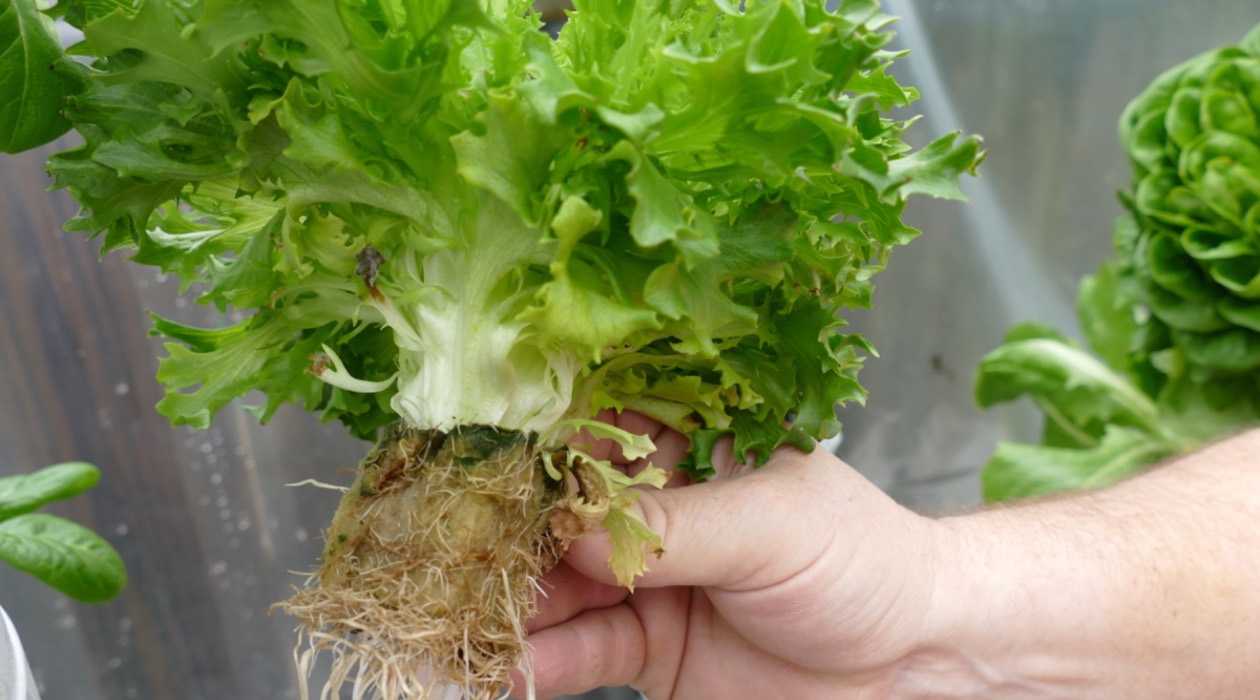
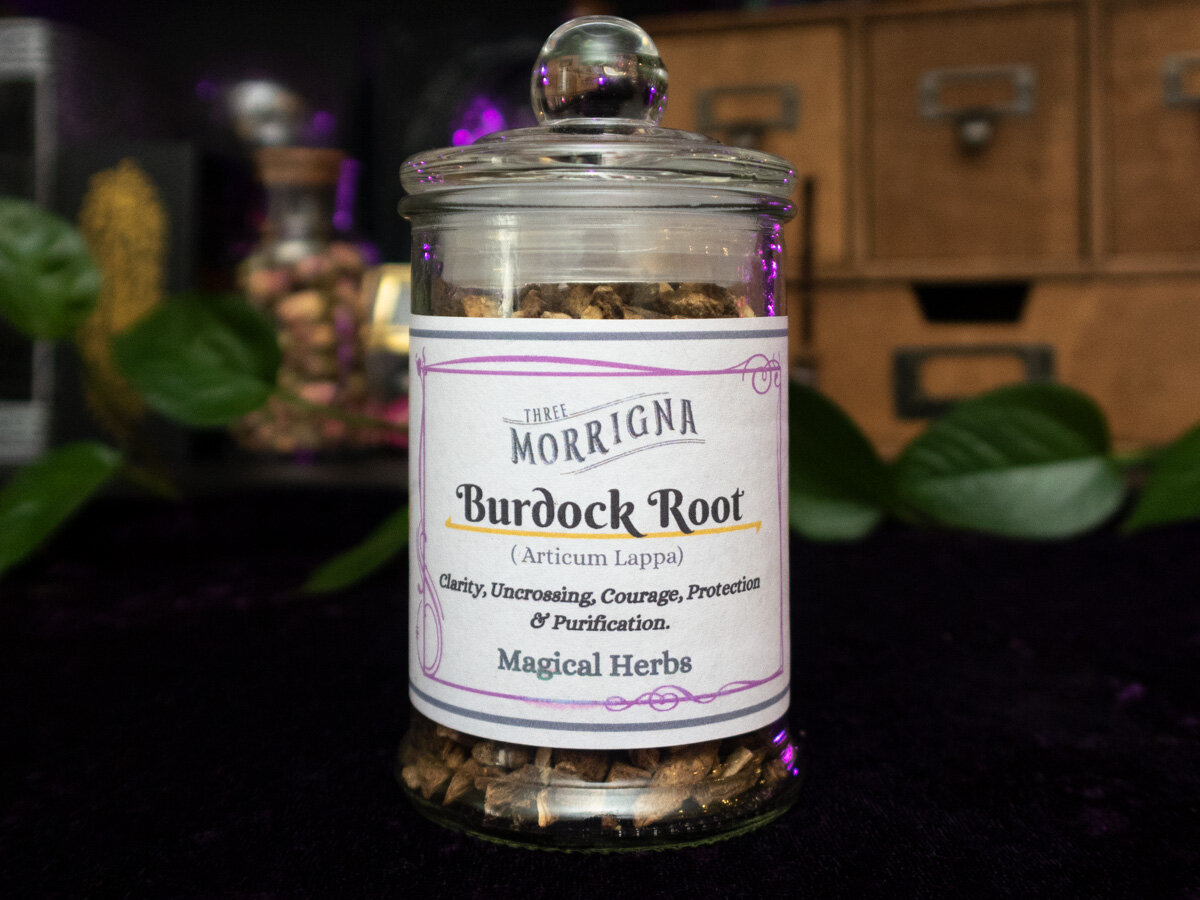

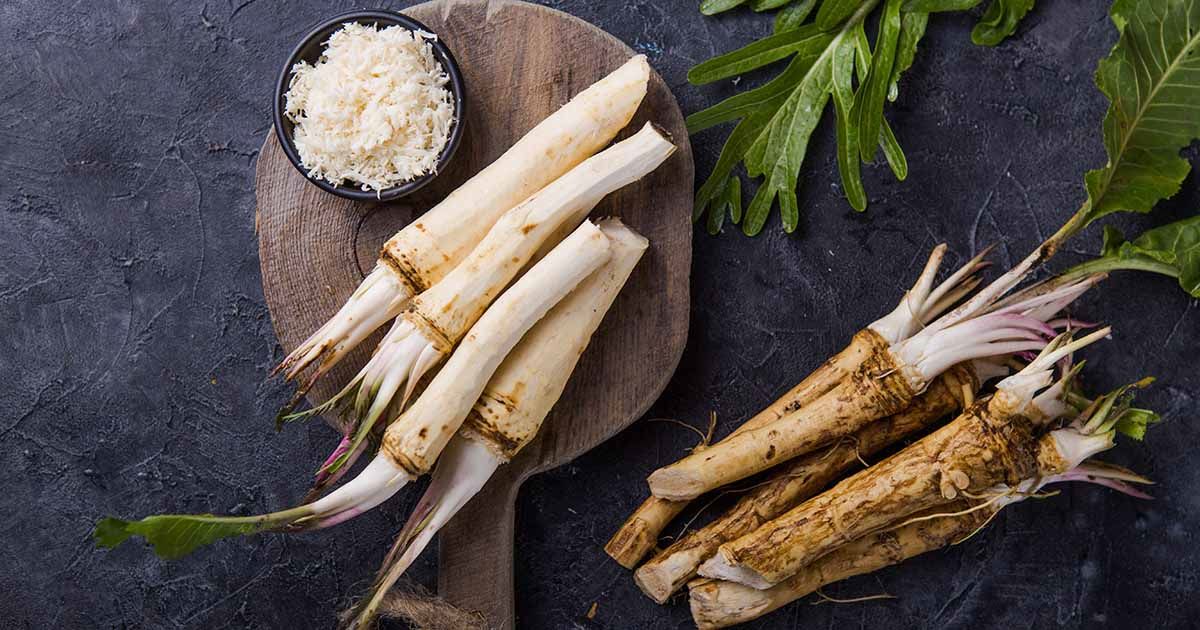
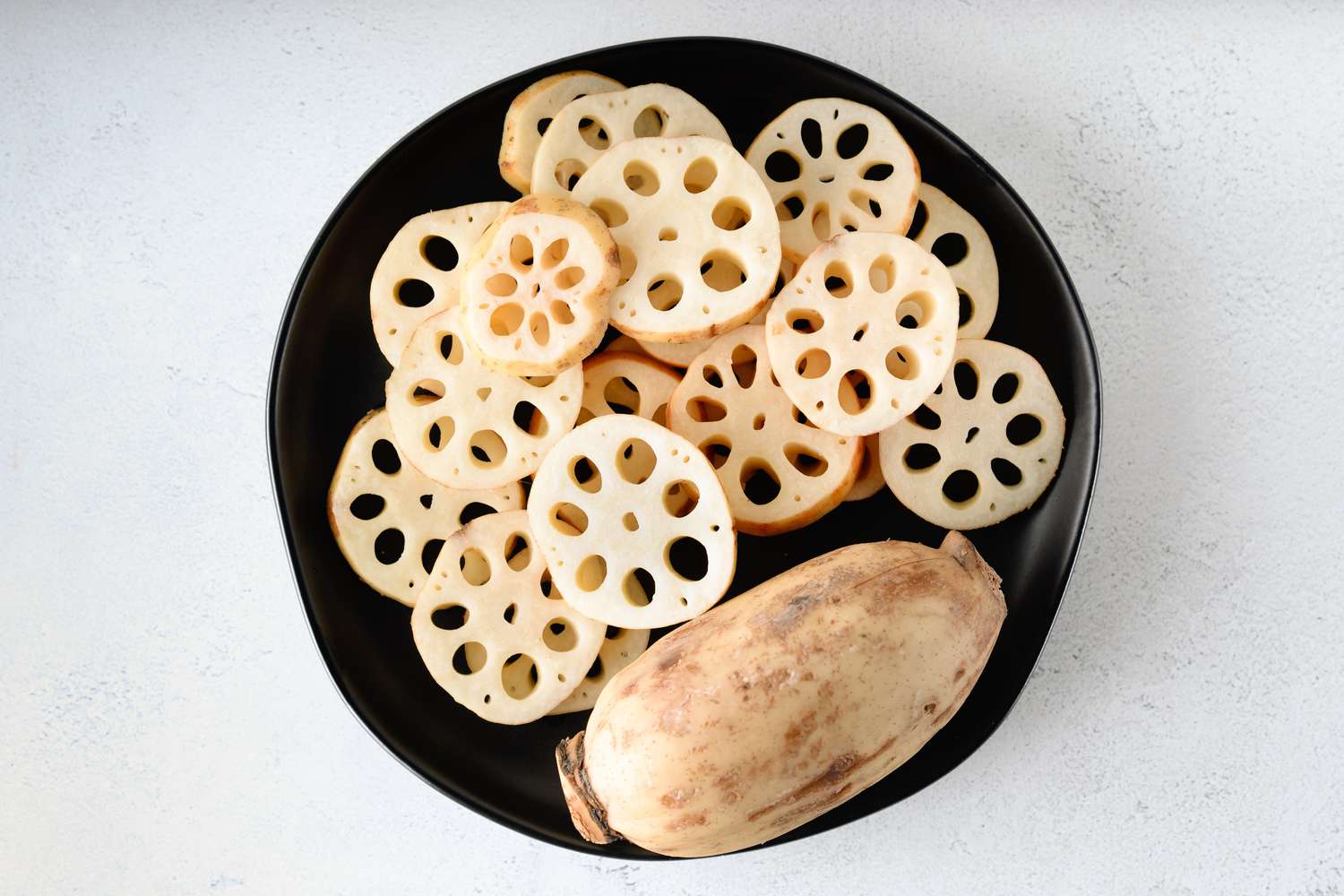

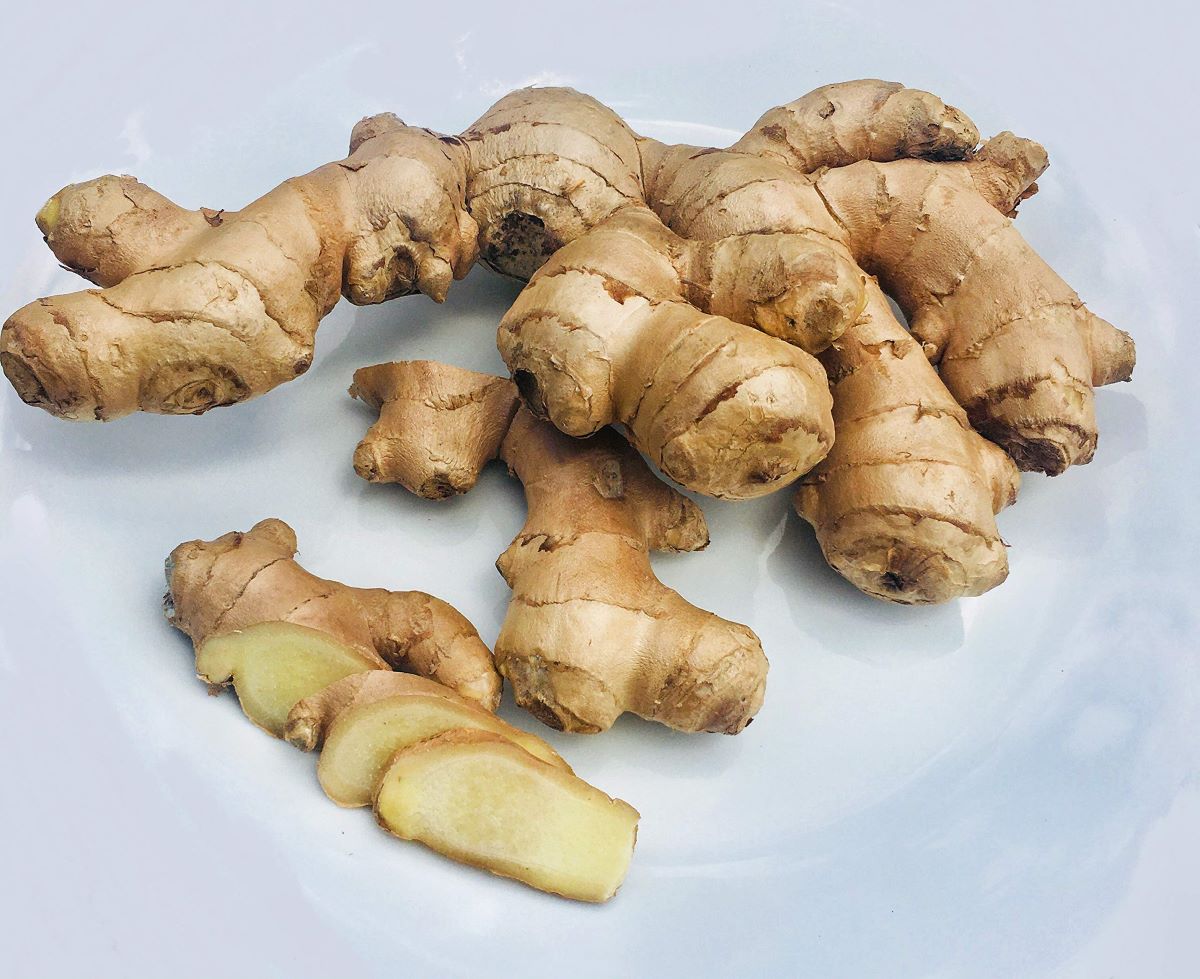
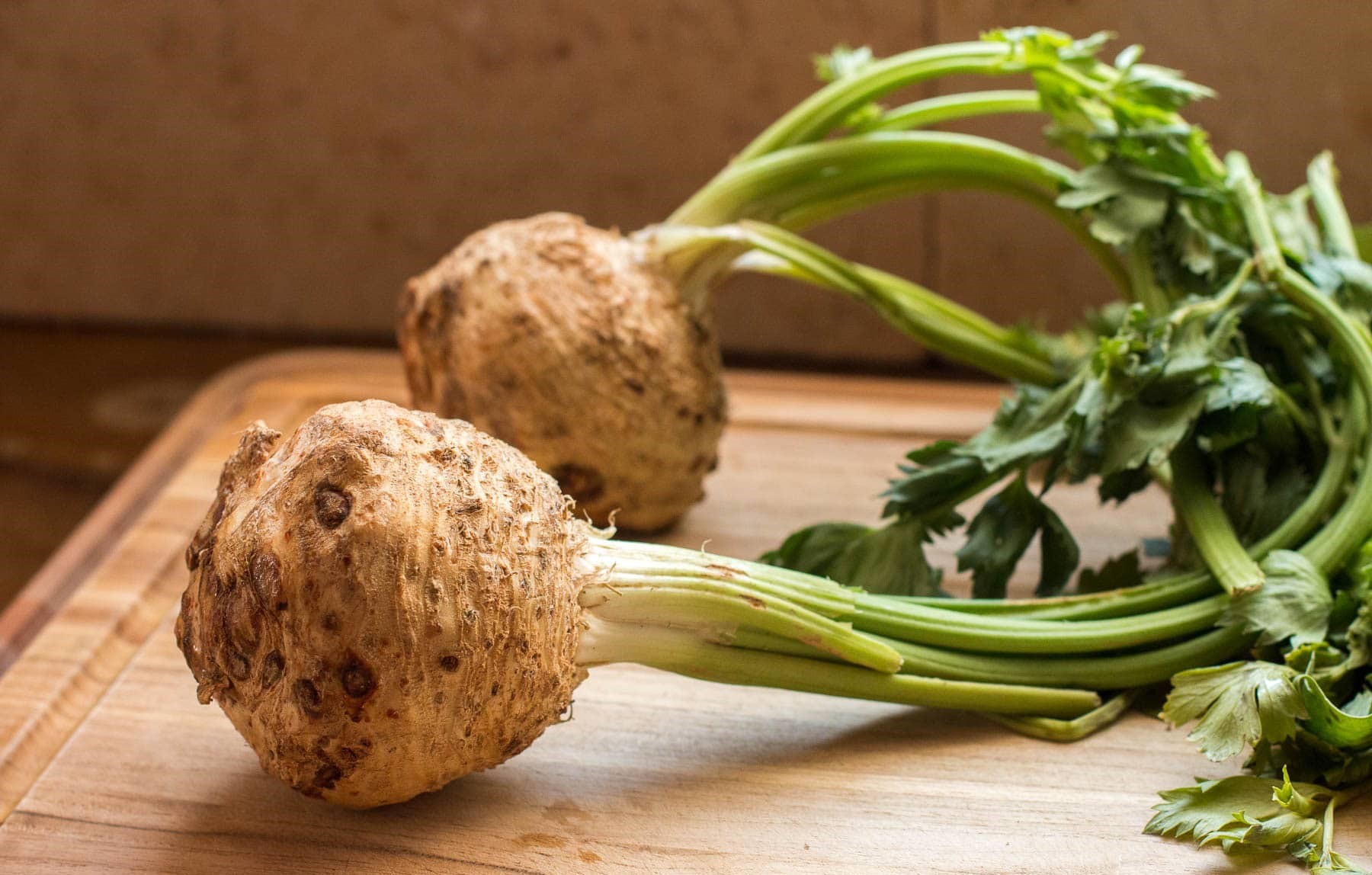
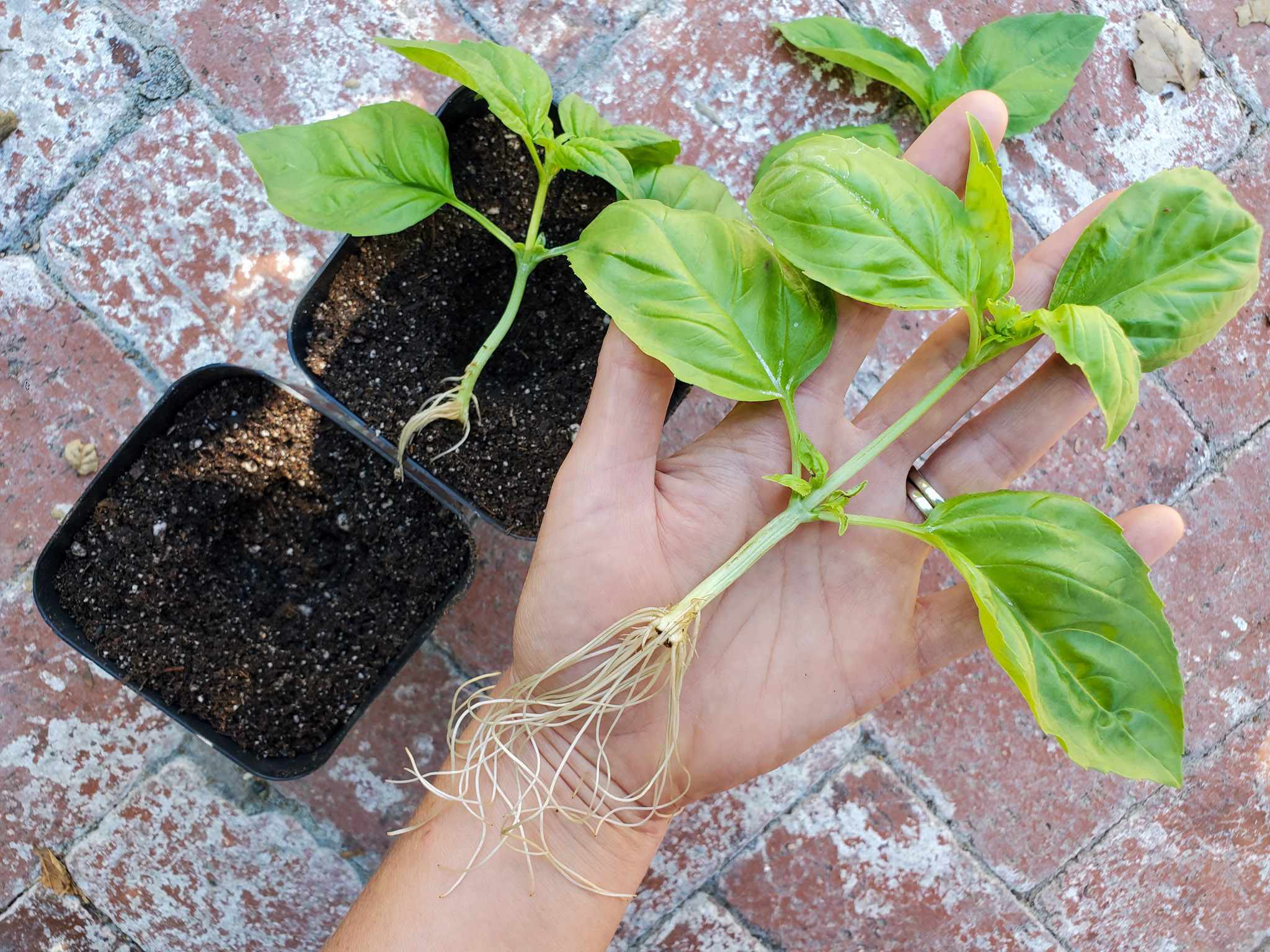





0 thoughts on “How To Store Taro Root”